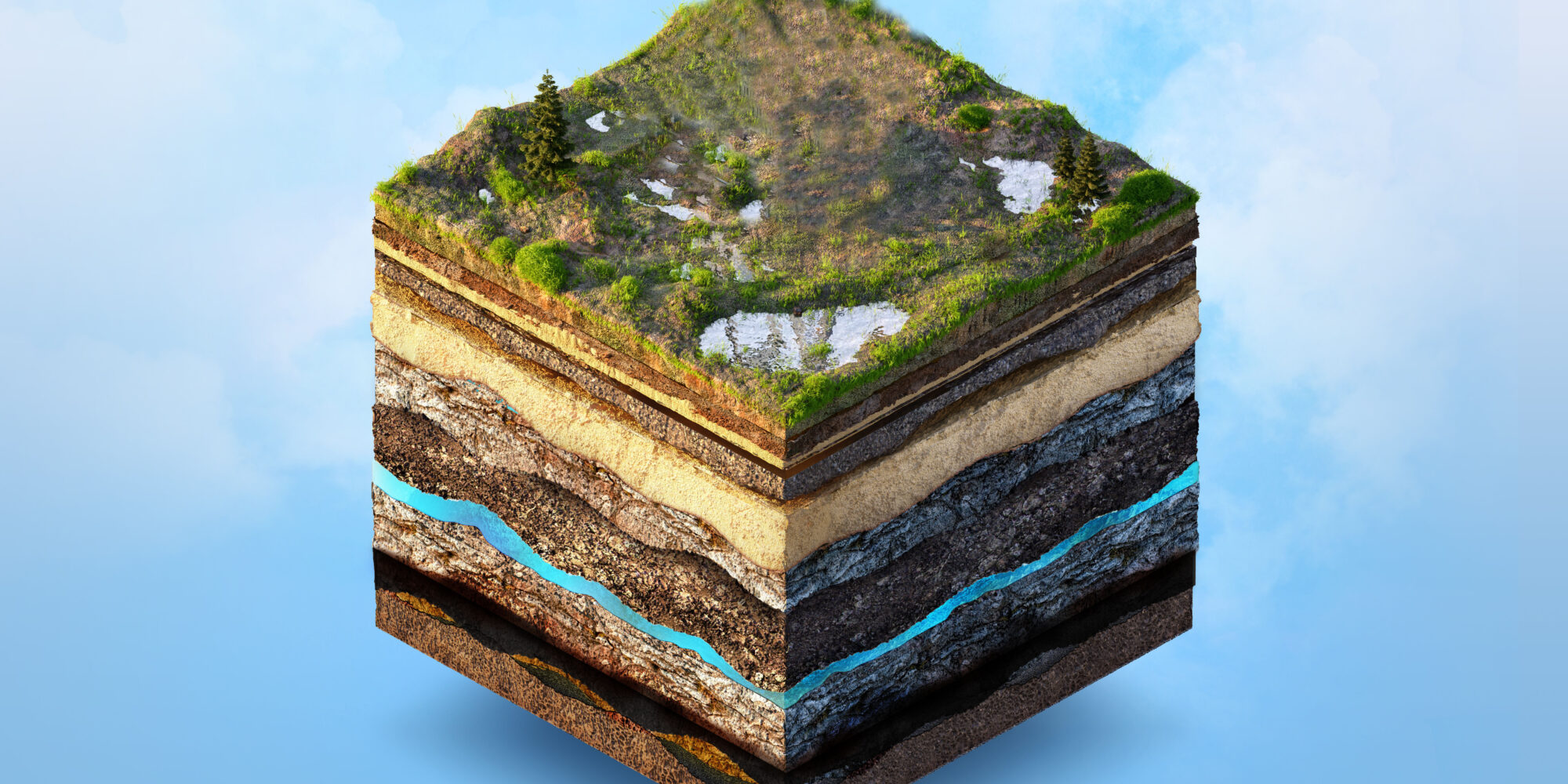Diving Into Geotechnical Services: the Vital Duty of Soil Analysis, Quake Danger Analysis, and Geosynthetics in Structure Sustainable and Safe Structures
Soil evaluation, earthquake danger evaluation, and the execution of geosynthetics are essential elements that make sure the stability and longevity of structures. By understanding the composition of the dirt, anticipating seismic risks, and incorporating cutting-edge products, designers can alleviate risks and enhance the strength of facilities.

Value of Soil Analysis
Recognizing the importance of soil evaluation is important in ensuring the structural stability and security of any building task. Dirt analysis gives essential details regarding the dirt composition, strength, and prospective threats that might affect the foundation of a framework. By performing extensive dirt evaluation, designers can establish the appropriate structure design, construction techniques, and needed precautions to minimize any potential dangers.
Among the primary reasons soil analysis is important is its function in determining soil residential properties that could influence the security of a structure. Variables such as dirt bearing ability, settlement qualities, and water content can considerably influence the structural performance of a construction job. Without appropriate soil analysis, the structure might go to danger of resolving unevenly, leading to architectural damages and even collapse gradually.
Moreover, soil evaluation assists in examining the danger of natural calamities such as earthquakes, landslides, or floodings. By understanding the dirt's habits under different conditions, engineers can carry out appropriate actions to improve the durability of the structure and make certain the security of residents. geotheta. In conclusion, dirt evaluation is a basic action in the building procedure that must never be forgotten
Assessing Quake Dangers
Given the critical duty of soil evaluation in identifying structural stability, it is essential to additionally assess quake risks when preparation and creating structures and infrastructure. Quake threat evaluation entails assessing the potential seismic hazards that a website might deal with based upon its location and geological attributes. This procedure aids engineers and programmers recognize the level of danger positioned by quakes and help in developing frameworks that can withstand such events.
Examining earthquake threats typically includes researching historic seismic activity in the region, establishing the site's distance to geological fault, and analyzing the soil make-up to anticipate how the ground will react to seismic waves. By carrying out a comprehensive earthquake danger assessment, designers can apply ideal mitigation measures, such as incorporating seismic-resistant style functions into buildings, to improve their durability versus earthquakes.

Duty of Geosynthetics
Geosynthetics play an important duty in enhancing the performance and toughness of civil design structures. One essential element of geosynthetics is their support capacity, where they can boost the strength of soils, offering improved assistance for roadways, embankments, and maintaining wall surfaces.
Additionally, geosynthetics function as obstacles, using security against water seepage, chemicals, and other harmful substances that can endanger the architectural stability of a job. They are likewise utilized in drainage applications to facilitate the reliable circulation of water, stopping saturation and erosion of soil. In addition to their technical features, geosynthetics are valued for their sustainability, as they can minimize the requirement for natural deposits and reduced building costs. Overall, the critical consolidation of geosynthetics is vital for guaranteeing www.geotheta.com the resilience and safety and security of contemporary infrastructure tasks.
Structure Sustainable Structures
The implementation of ecologically aware methods in construction is essential for fostering the growth of sustainable frameworks. Structure sustainable frameworks involves using products and style strategies that minimize ecological influence, minimize power consumption, and promote lasting resilience. Integrating lasting practices such as using recycled products, maximizing energy performance, and executing eco-friendly building accreditations like LEED can dramatically boost the ecological performance of a framework.
One key facet of building sustainable frameworks is the reliable use resources. This consists of developing structures that make best use of natural light, air flow, and insulation to lower the dependence on man-made lighting, home heating, and cooling systems. Furthermore, integrating eco-friendly energy resources such as photovoltaic panels or wind turbines can better lower the carbon footprint of a building while likewise potentially reducing long-lasting energy expenses.
In addition, lasting frameworks often prioritize water conservation by incorporating features like rainwater harvesting systems, low-flow fixtures, and drought-resistant landscape design. By taking on these eco-friendly methods, building and construction tasks can not just lower their ecological influence yet likewise contribute to producing healthier and more resilient built environments for future generations.
Ensuring Safety And Security in Building And Construction
In the realm of sustainable building and construction practices, a basic priority is making sure the safety of all workers entailed in the building process. Safety and security in construction includes numerous aspects, including the usage of correct personal safety tools (PPE), adherence to safety protocols, routine training on threat recognition and reduction, and the implementation of emergency feedback strategies.

Final Thought
In verdict, soil evaluation, quake risk evaluation, and using geosynthetics play important roles in guaranteeing the sustainability and safety and security of structures. By comprehending the residential or commercial properties of dirt, reviewing quake dangers, and making use of geosynthetics for support, engineers can build frameworks that are both durable and long lasting. It is important for building and construction professionals to prioritize these geotechnical services to produce sustainable and safe buildings for the future.
Dirt evaluation, quake threat analysis, and the implementation of geosynthetics are important components that guarantee the honesty and longevity of buildings. Soil analysis provides vital details concerning the dirt make-up, toughness, and possible risks that may influence the foundation of a framework.One of the key reasons dirt evaluation is important is its role in identifying soil buildings that can influence the security of a building.In final thought, soil analysis, quake risk assessment, and the use of geosynthetics play important functions in making sure the sustainability and security of structures. By understanding the homes of dirt, examining earthquake risks, and making use of geosynthetics for support, engineers can build frameworks that are both long lasting and durable.